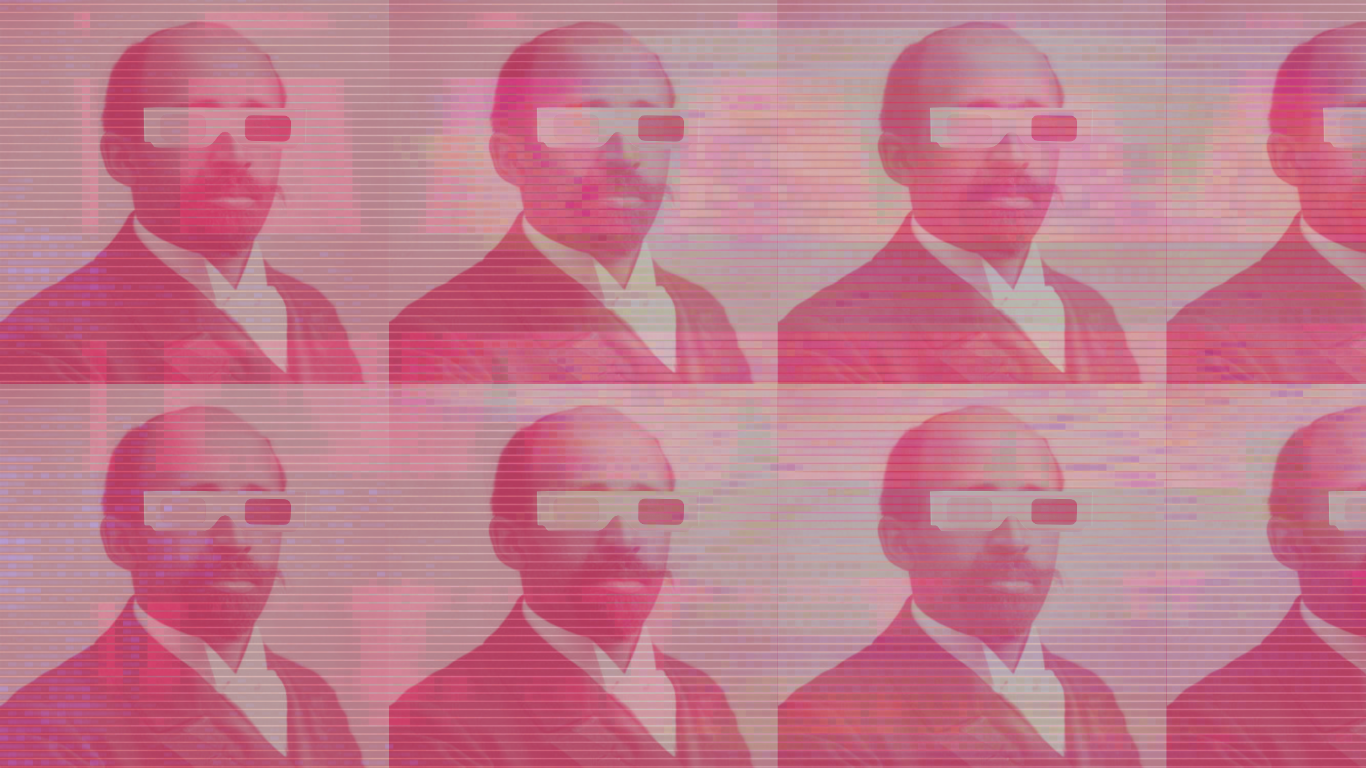Du Bois’ Double Consciousness Was Born at Work
A-SIDE: This month marks the 122nd anniversary of the publication of W.E.B. Du Bois’ The Souls of Black Folk, originally released on April 18, 1903.
Though over a century has passed, his insights still speak to the ongoing challenges of racial and economic justice in the United States.
Welcome to the B-Side.
What you need to know: When W.E.B. Du Bois published The Souls of Black Folk in April 1903, he not only offered a literary and sociological intervention but a pioneering ethnographic account of Black labor in the American South.
Du Bois traced the lived realities of Black subjectivity in Georgia and explained how Black laborers were shaped by the forces of racial capitalism. He referred to his research field site of Dougherty County, Georgia as a “curious land,” one “full of untold story…shadowed with a tragic past, and big with future promise.” This work gave way to what has become one of the most enduring phenomenological descriptions of racialized selfhood in American social thought: double consciousness.
Du Bois’ theory of double consciousness is grounded in the historical and material conditions of labor. Drawing from firsthand observation and survey data, Du Bois described the rural Black laborer as existing in a dual reality – a self that is both American and Black, formed through a process of mediated recognition in a hostile public sphere. This duality emerges as a direct consequence of economic exploitation and racialized dehumanization. The sharecropper, domestic worker, tenant farmer, and nomadic laborer all constantly negotiate between modes of survival and personhood, navigating a world that economically extracts from their bodies while socially invalidating their existence. What Du Bois encountered in Dougherty County, and what he theorized throughout The Souls of Black Folk, is a form of labor that transcends the physical. It is psychic, spiritual, and phenomenological. The “veil” that he so famously references is not merely a metaphor for racial difference; it is a mechanism of labor discipline that renders Black people hyper-visible as laborers while erasing them as full citizens. From a sociotechnical perspective, the veil functions as a kind of disciplinary technology that mediates perception, constrains aspiration, and reproduces the hierarchies essential to a racialized political economy.
Du Bois addresses the workplace and occupational dynamics of racialization in his essay “Strivings of the Negro People” (1987), which served as a precursor to The Souls of Black Folk. In the essay, he writes about how being racialized as “Black” impacted the career aspirations of Black people across a myriad of industries such as the law, medicine, and the arts. He refers to attempts by Black artists to produce work that both honors the soul of their community and appeals to a broader (read: White) public as a “waste of double aims.” He goes on to conclude that, “this seeking to satisfy two unreconciled ideals, has wrought sad havoc with the courage and faith and deeds of eight thousand people, has sent them often wooing false gods and invoking false means of salvation, and has even at times seemed destined to make them ashamed of themselves.” Here, he ultimately draws attention to the system of cultural production, which simultaneously commodifies and delegitimizes Black expression.
This racialized bifurcation of labor extends beyond individuals – it constitutes the structural foundation of the U.S. economic system. As Alexis Wells-Oghoghomeh argues in The Souls of Womenfolk (2021), enslaved and post-emancipation Black women experienced what she terms “triple consciousness.” In their case, the psychic division of selfhood was exacerbated by their reproductive labor – their roles as mothers, laborers, and racialized commodities. The social ontology of Black womanhood was shaped by an economy that reduced them to producers of future laborers for a White supremacist state. Wells-Oghoghomeh notes that Black women had to reconcile the deep moral contradictions of “conceiving, birthing, and raising children for integration into a system that would demean, assault, and ultimately kill them.”
While double consciousness describes the experience of negotiating one’s self-worth in the face of public disdain, triple consciousness identifies the recursive trauma of producing and sustaining life within a necropolitical economy. This tripartite subjectivity of woman, worker, and racialized commodity adds depth to our understanding of how gender and reproduction are entwined with racial capitalism.
Just as Du Bois challenged the dominant narratives of American progress through his study of Black life in the post-Reconstruction South, we, too, must interrogate the foundations of our current labor systems. We must ask who is valued, who is exploited, and how structures of power continue to determine access to full citizenship and humanity. The Souls of Black Folk was published more than a century ago, but it offers a critical framework for understanding how intersecting systems of inequality continue to shape the material and emotional lives of Black workers.

